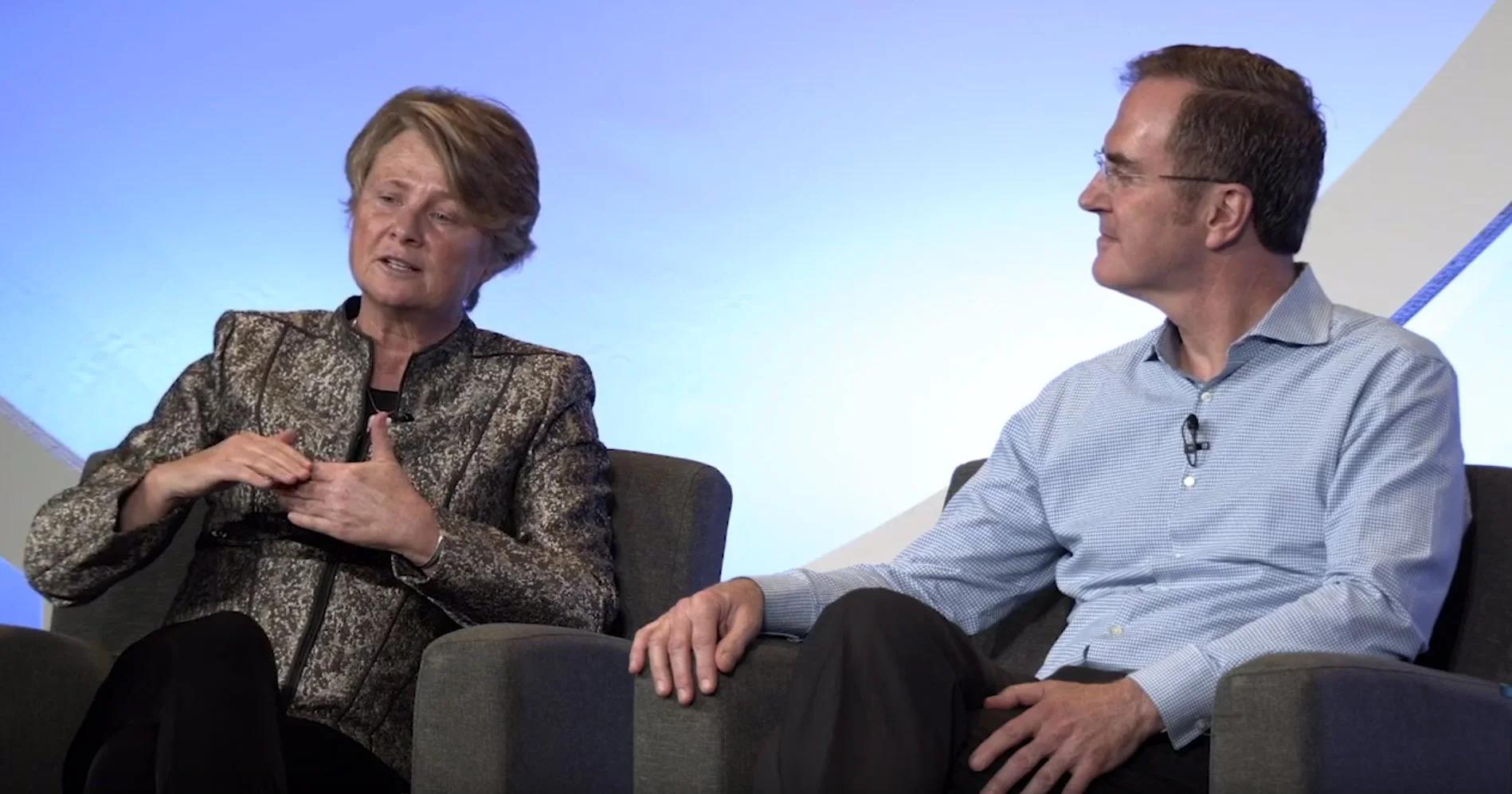Moving Beyond Sustainability to Generous Design
Janine Benyus reflects on a 10-year partnership with HOK that is raising the bar on sustainable building design
Biomimicry 3.8 recently celebrated the 10-year anniversary of partnership with the largest U.S.-based architecture-engineering firm, HOK, that has helped companies around the world understand how to design and build like nature does so we can enhance the health of people, communities, and the environment in a climate-changed world.
Among the projects that the partnership has yielded is the Genius of Biome report, which studies how lessons from the temperate broadleaf forest biome–home to many of the world’s largest population centers–can inform the design of the built environment.
HOK design principal Paul Woolford and Biomimicry 3.8 co-founder Janine Benyus recently discussed the impact of Genius of Place, the partnership, and their work to integrate proven design strategies from nature to achieve resilient, sustainable design at VERGE 18.
Their conversation with GreenBiz cofounder Joel Makower featured an examination of the companies’ partnership to achieve true sustainability in our built environment.
“A building should gather its own energy and gather and clean its own water. It should start to produce ecosystem services the way a forest does. … ,” Janine said. “You need a client to have the vision to say, ‘We’re not sure what this is, but we’re going to pilot it at all scales and we’re just going to commit because we think there’s something there.’ And that’s what HOK did.”
THE EVOLUTION OF A NATURE-INSPIRED PARTNERSHIP
The official partnership between HOK and Biomimicry 3.8, then the Biomimicry Guild, began in 2008, sparked initially by a series of retreats and workshops that made it clear that bringing together a global design firm and world-class biomimicry experts could help expand impact and drive sustainable innovation.
The partnership immediately faced a worthy challenge: Using biomimicry to design a monsoon-proof master landscape design plan for a development outside Mumbai, India.
The Lavasa project utilized biological intelligence to create a landscape plan that cut overall environmental impact by reducing waste by 95%, carbon emissions by 30%, potable water consumption by 65%, and restoring 70% of deforested land.
This project provided a jumping off point for what would cascade into more than 25 built environment projects over 10 years that incorporated biomimicry.
Master plan for Lavasa India
The Genius of Biome report is a 180-page report that describes the strategies and designs adopted by living organisms found in the temperate broadleaf forest biome. It describes the biological principles and patterns common to organisms and ecosystems within this biome. From this biology, designers can extract principles to inspire innovation and to identify specific criteria for place-based design for their projects.
Learn how our built environment designs do not have to be a drain on the system–instead they can provide positive contributions. The complete Genius of Biome report and a Ultimate Guide to Genius of Place PDF are both available to download for free.
COMING SOON
And we didn’t stop there. Stay tuned for more on HOK and B3.8’s most recent work focused on resilient building designs specific to the California Coast. Images can be seen on screen during Janine and Paul’s conversation...we also include a sneak peek below. For more immediate information contact B3.8 at info@biomimicry.net.
Upcoming report studies 3 California biomes and applies the learning to 4 different application areas: facades, structures, water management and dynamic environments
Examples from the report can be seen during Janine and Paul’s conversation





